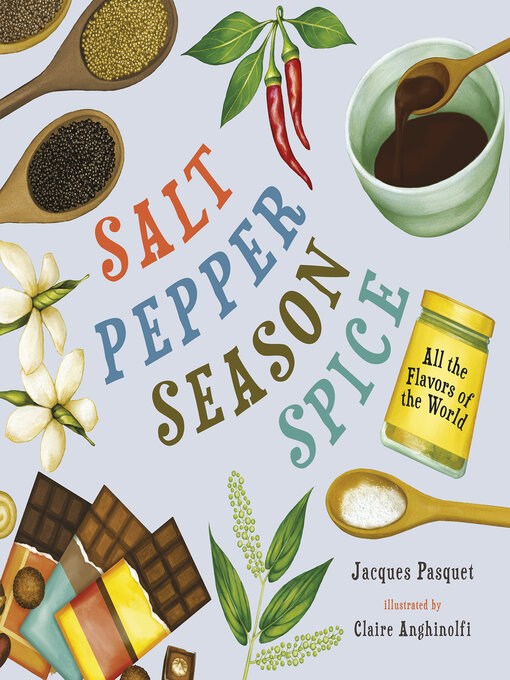The stories of the flavors we love are steeped in history, mythology and cultures from around the world.
Did you know that salt has been around for almost 5,000 years or that pepper was once called black gold? Have you heard that two billion cups of coffee are consumed every day and that tea was first discovered by Chinese emperor Shennong in 2737 BCE?
In Salt, Pepper, Season, Spice, discover where our favorite spices, condiments and confections come from and how they're grown, harvested and prepared. Find out how they're used to enhance and create flavors in the foods we know and love today. A tasty read guaranteed to get your mouth watering!



